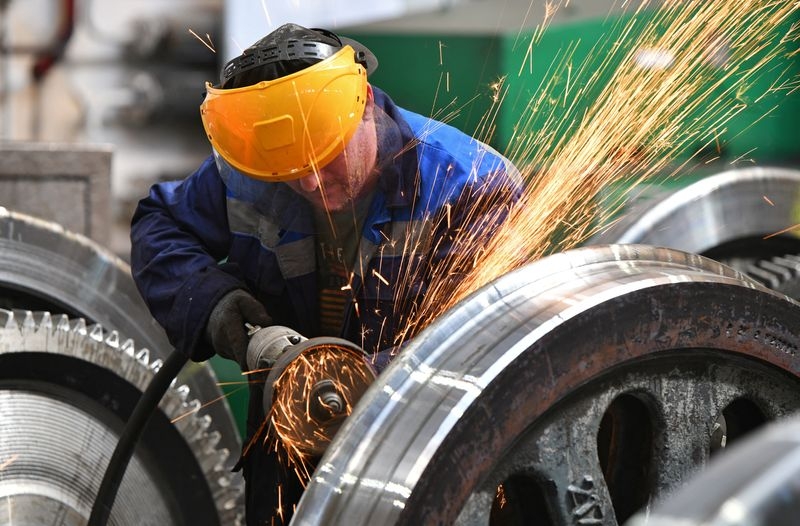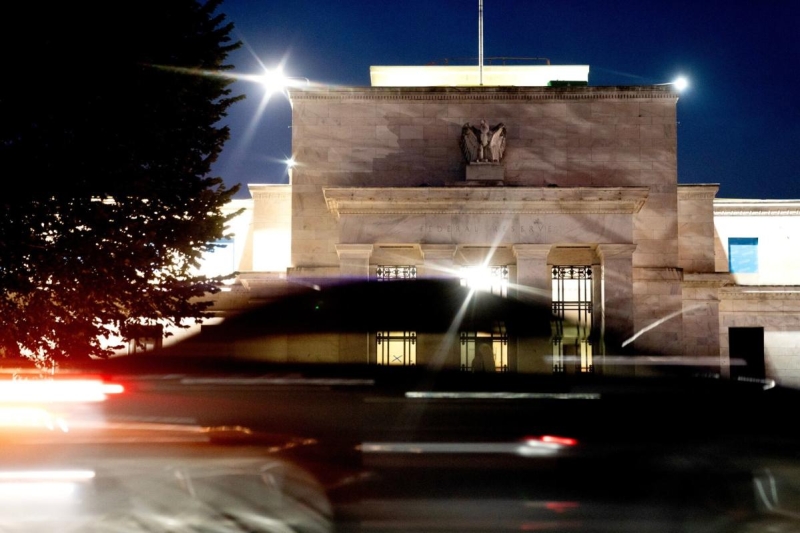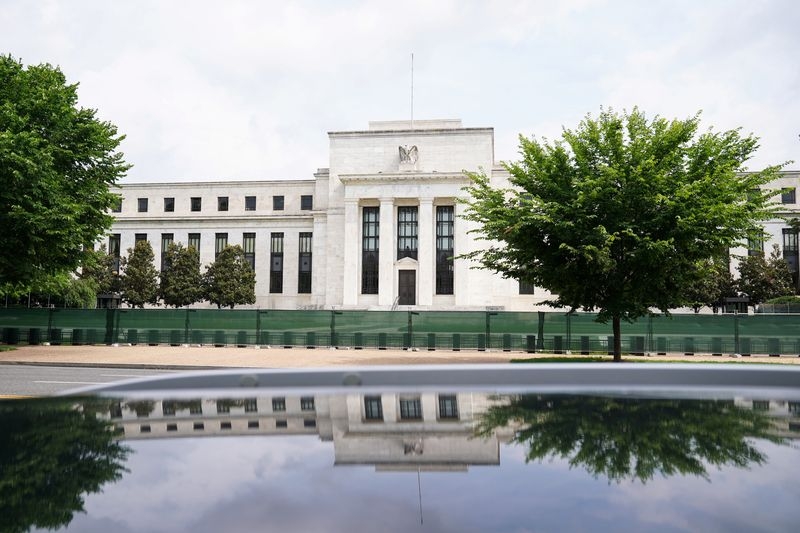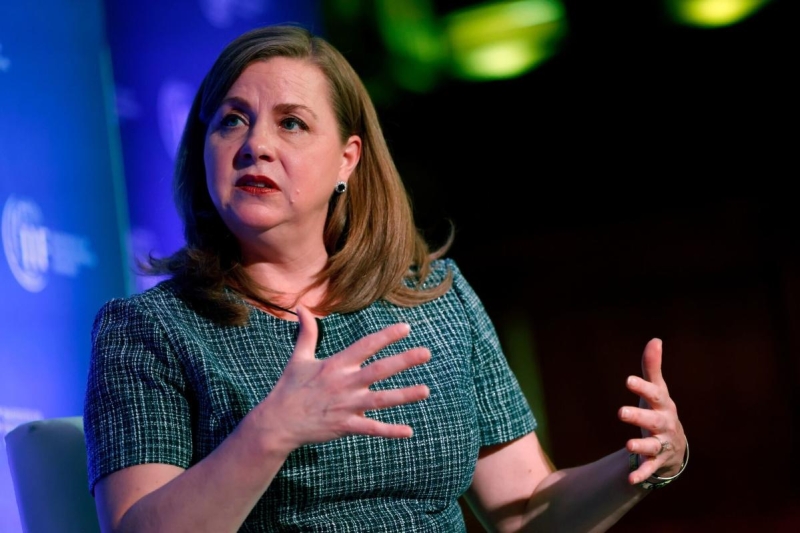
MOSCOW (Reuters) – The Russian economy has shown solid growth in many sectors while unemployment remains at a record low, new data showed on Wednesday, prompting officials to hint at a brighter outlook for the year despite Western sanctions over the war in Ukraine.
Driven by military production, industrial output rose by 3.3% in July compared with a 2.7% increase the previous month, and by 4.8% since the start of the year, compared with 3.1% growth in the same period in 2023.
A preliminary estimate for gross domestic product (GDP) growth in the first half of the year stood at 4.6%, compared with 1.8% for the same period last year.
Officials attributed this growth to strong capital investment, including by the private sector, which in the second quarter rose by 8.3% year-on-year to 8.44 trillion roubles ($92 billion), following 14.5% growth in the first quarter of the year.
"Given such high results in the first half of the year, we expect even higher figures for the entire year of 2024 than we had initially projected in the economic forecast published in April," said Polina Kryuchkova, deputy economy minister.
The data suggested the economy was holding up despite Western economic sanctions and problems with international payments with Russia's major trading partners, such as China, which led to a 9% fall in overall imports in the first half of the year.
However, they also pointed to overheating, which forced the central bank to hike its benchmark interest rate by 200 basis points to 18% in July, the highest level in more than two years.
The central bank said persistent labour shortages and wage growth, as well as high inflation, were the main signs of an overheated economy and promised to maintain tight monetary policy and fight inflation until it cools.
New statistics showed that real wages rose 6.2% year-on-year in June, following an 8.8% increase in the previous month, while average nominal wages rose 15.3% year-on-year to 89,145 roubles a month.
Wage growth in Russia is being spurred by the payouts handed to contract soldiers fighting in Ukraine, which have become a new benchmark in the economy as workers in fast-growing sectors facing acute labour shortages demand similar pay from employers.
In the first half of the year, real wages grew by 9.4%, while nominal wages increased by 18.1% compared with the same period in 2023, according to the new data. Unemployment remained at a historically low level of 1.9 million people in July, or 2.4% of the workforce.
(Reporting by Darya Korsunskaya; Writing by Gleb Bryanski; Editing by Hugh Lawson)





